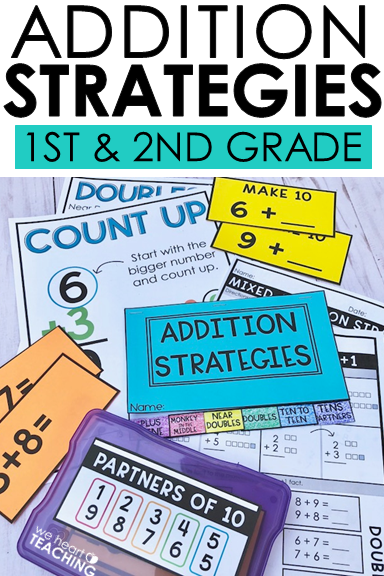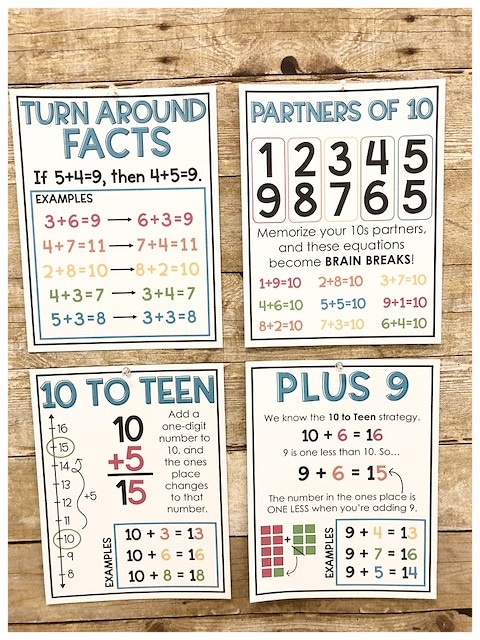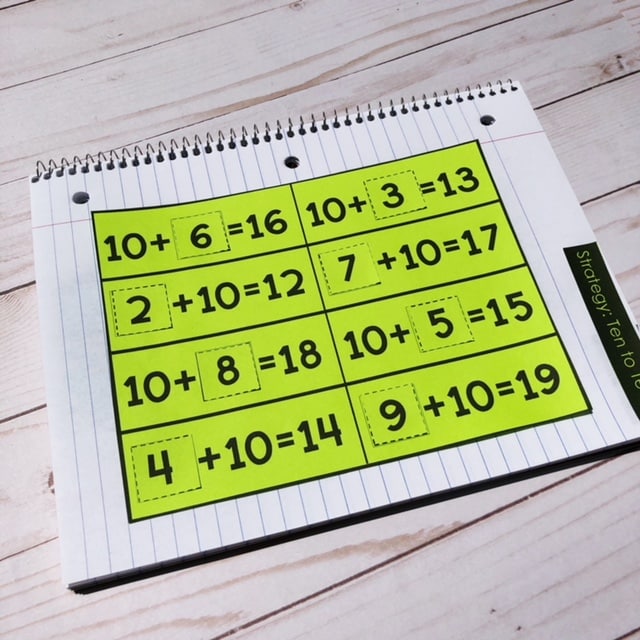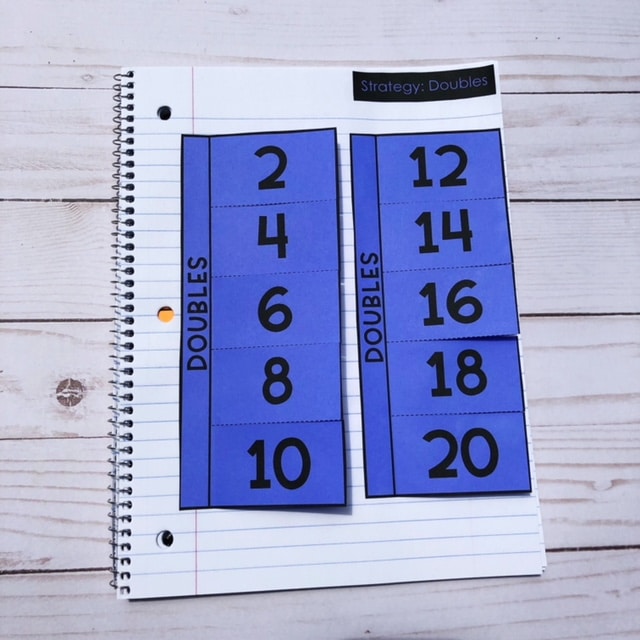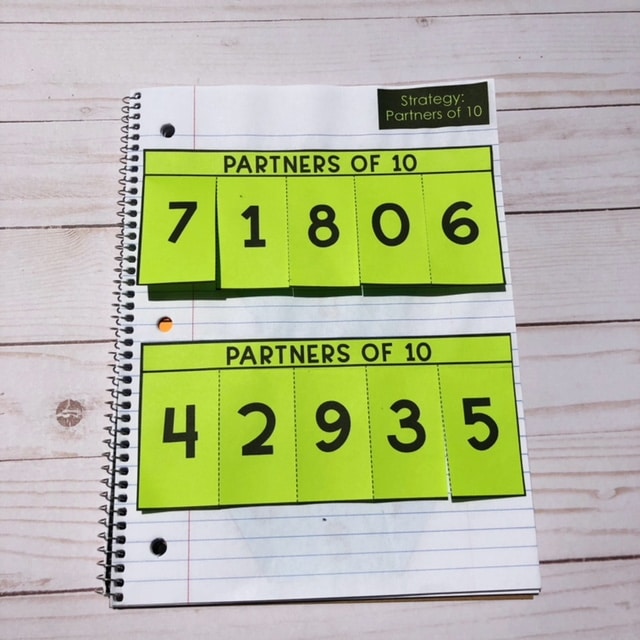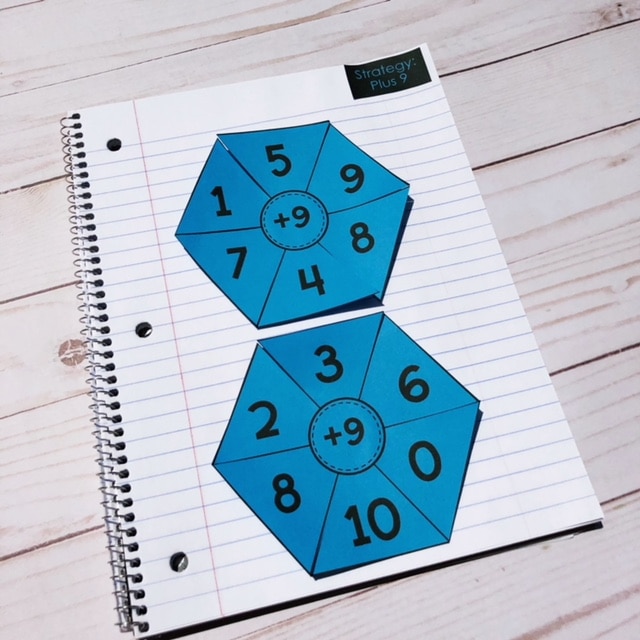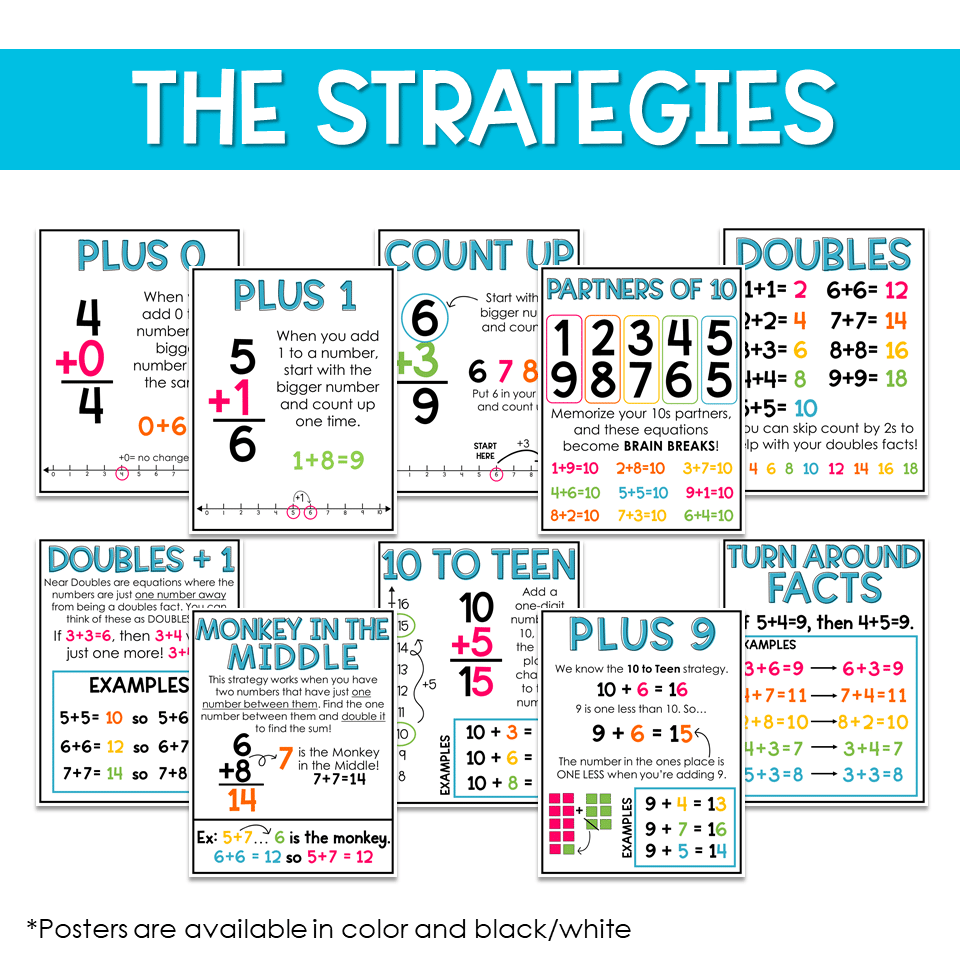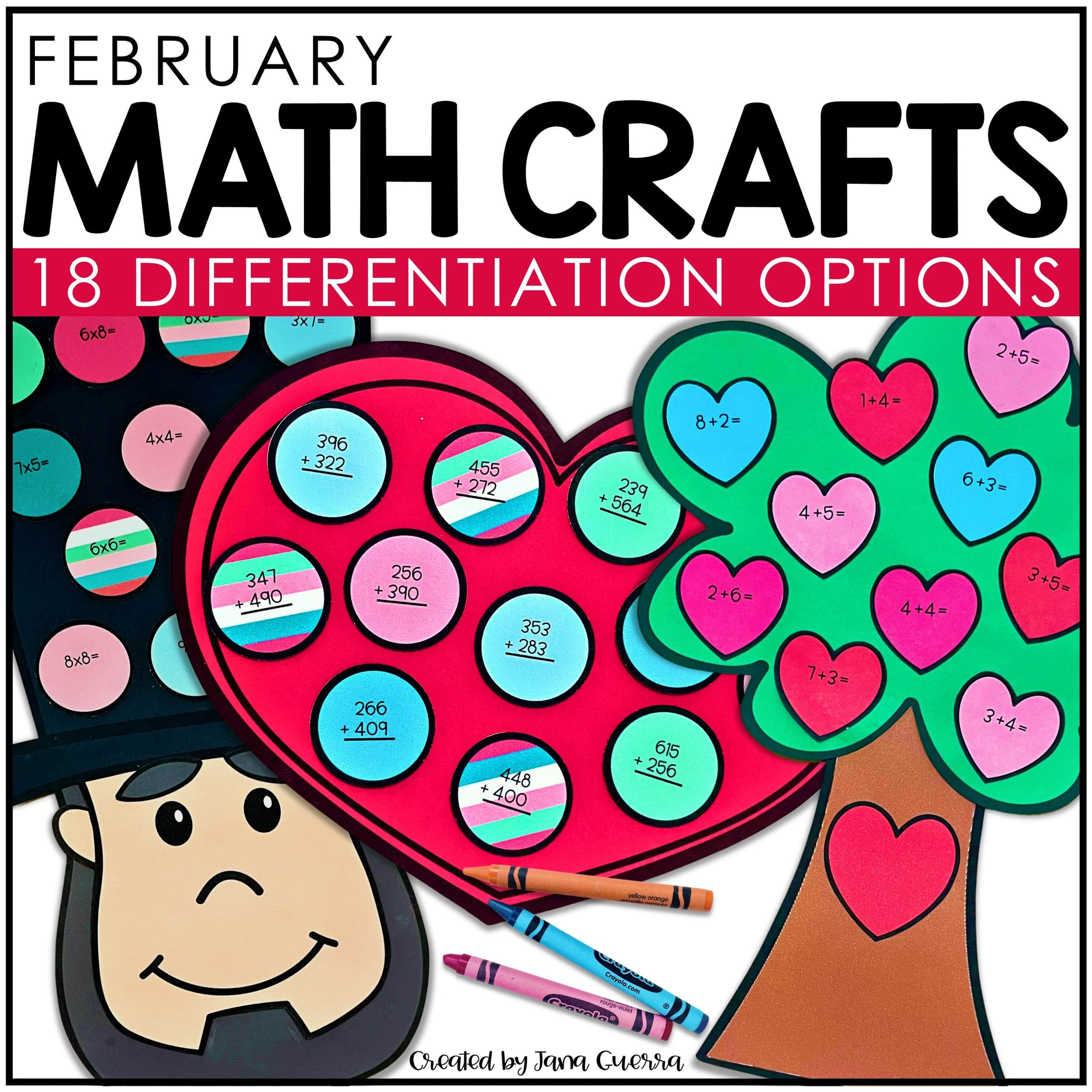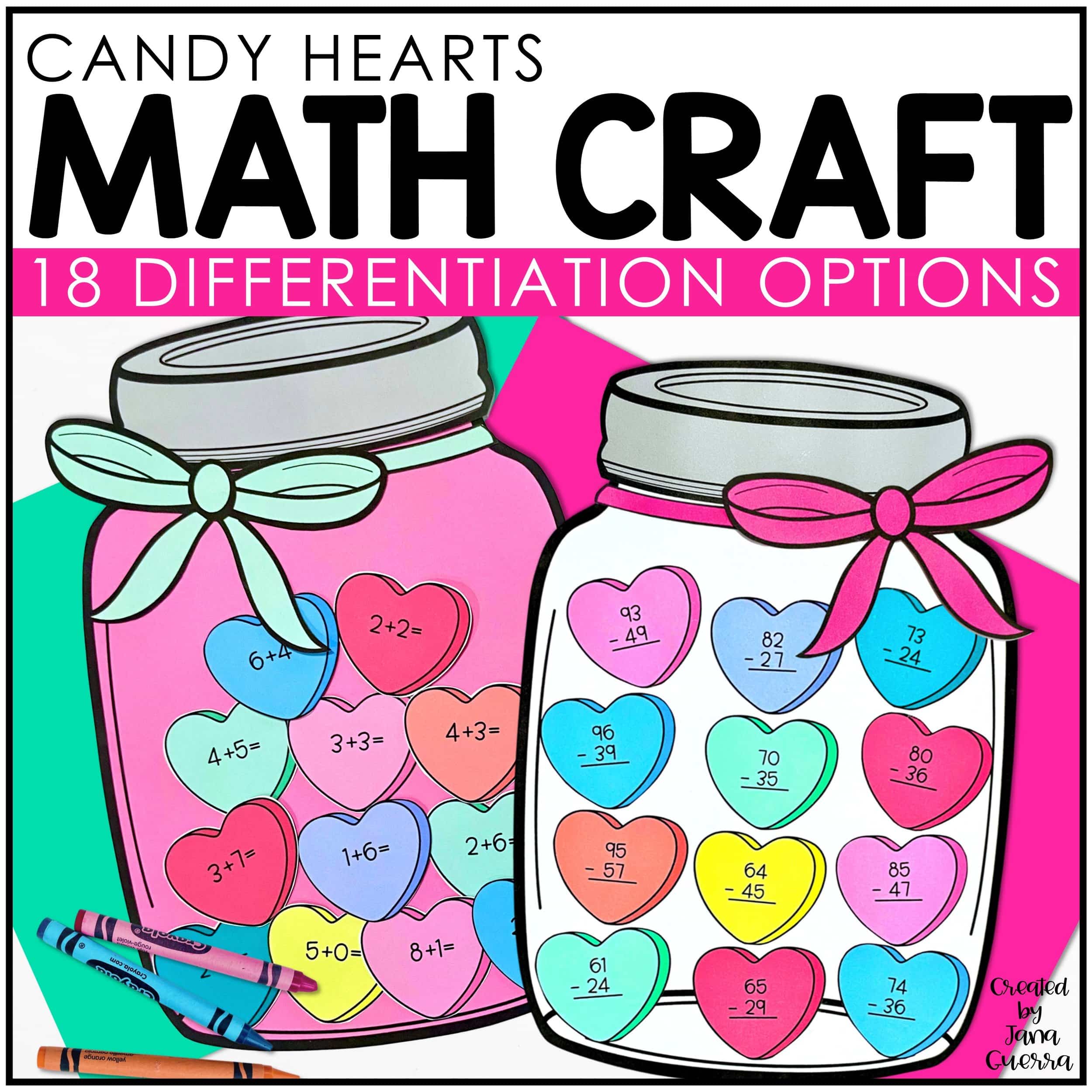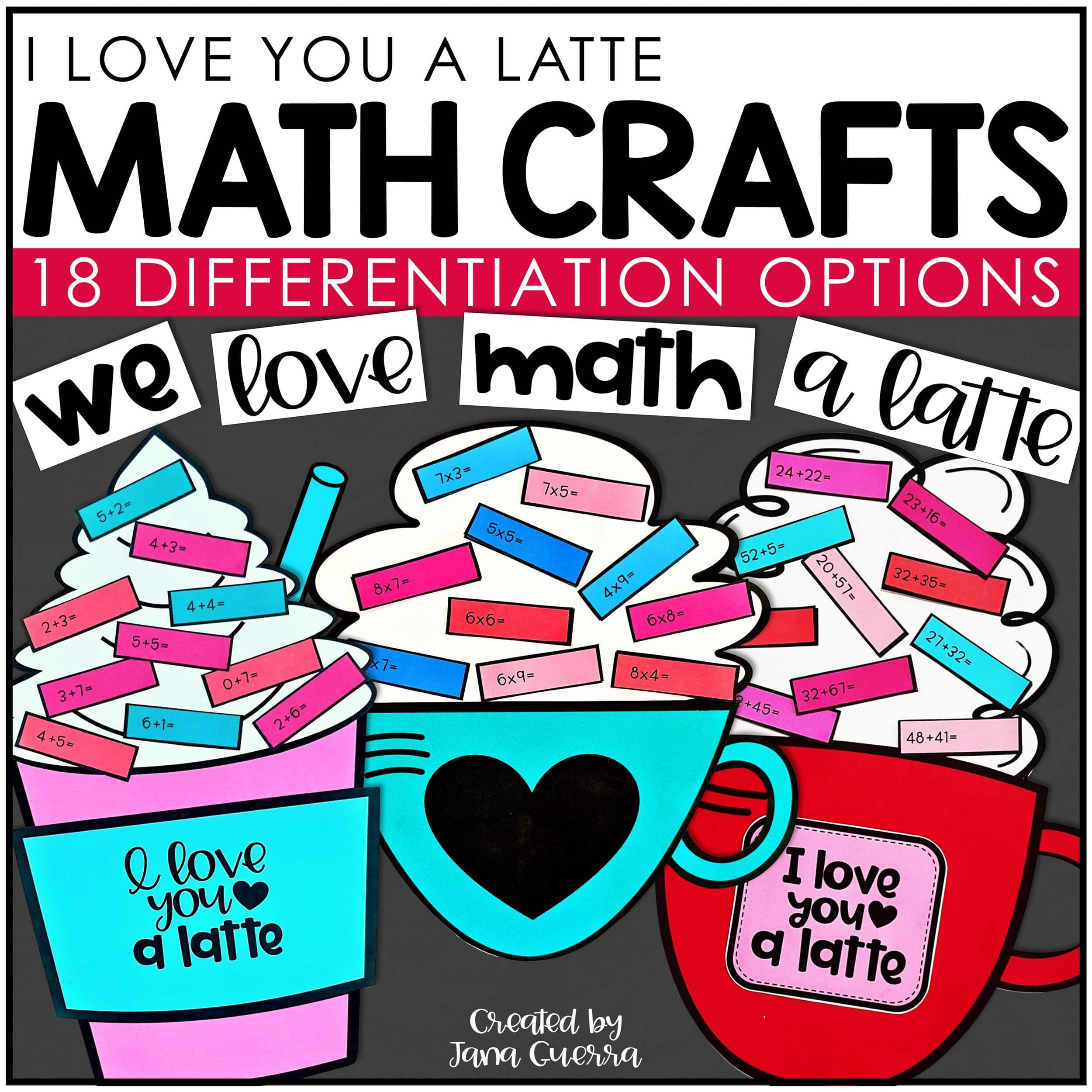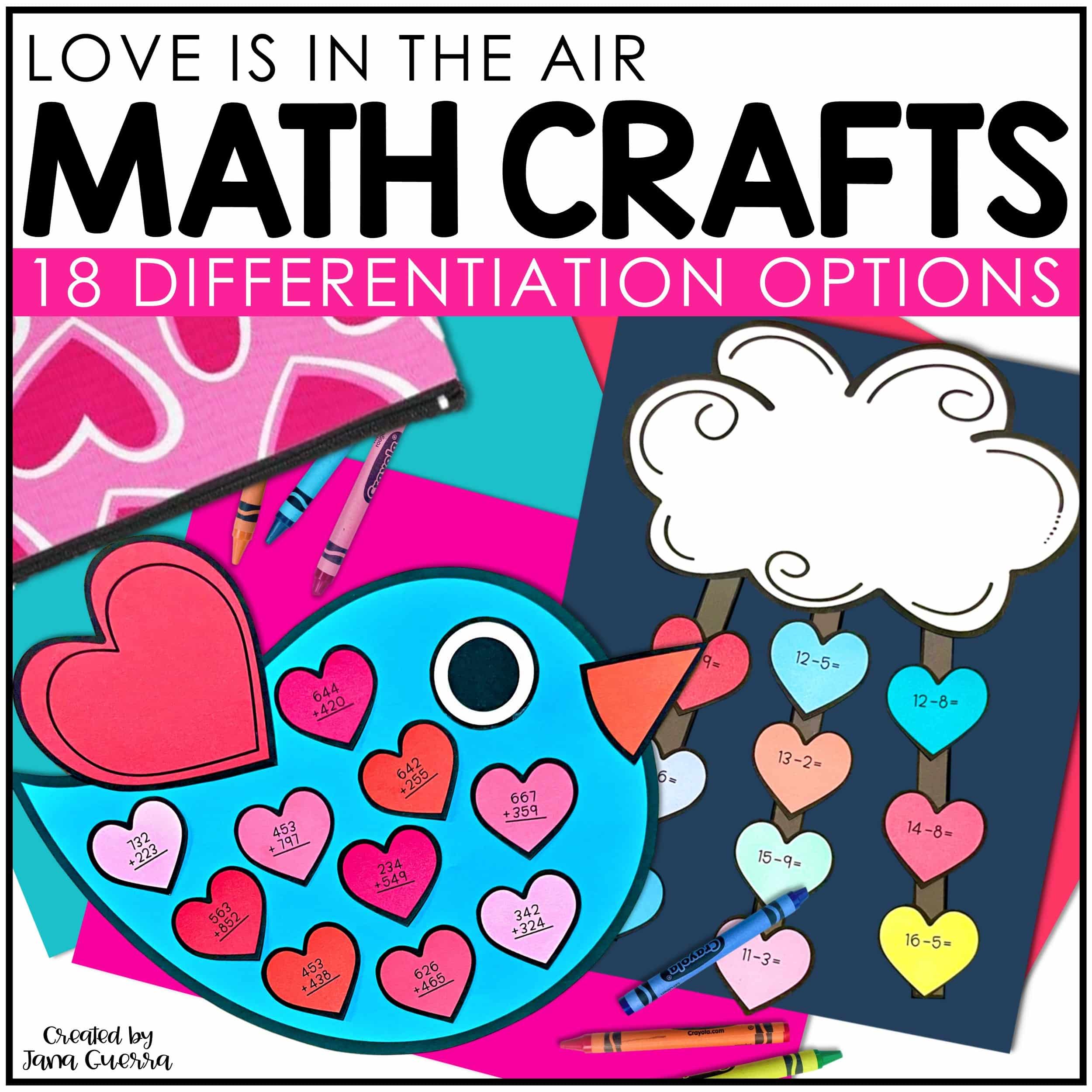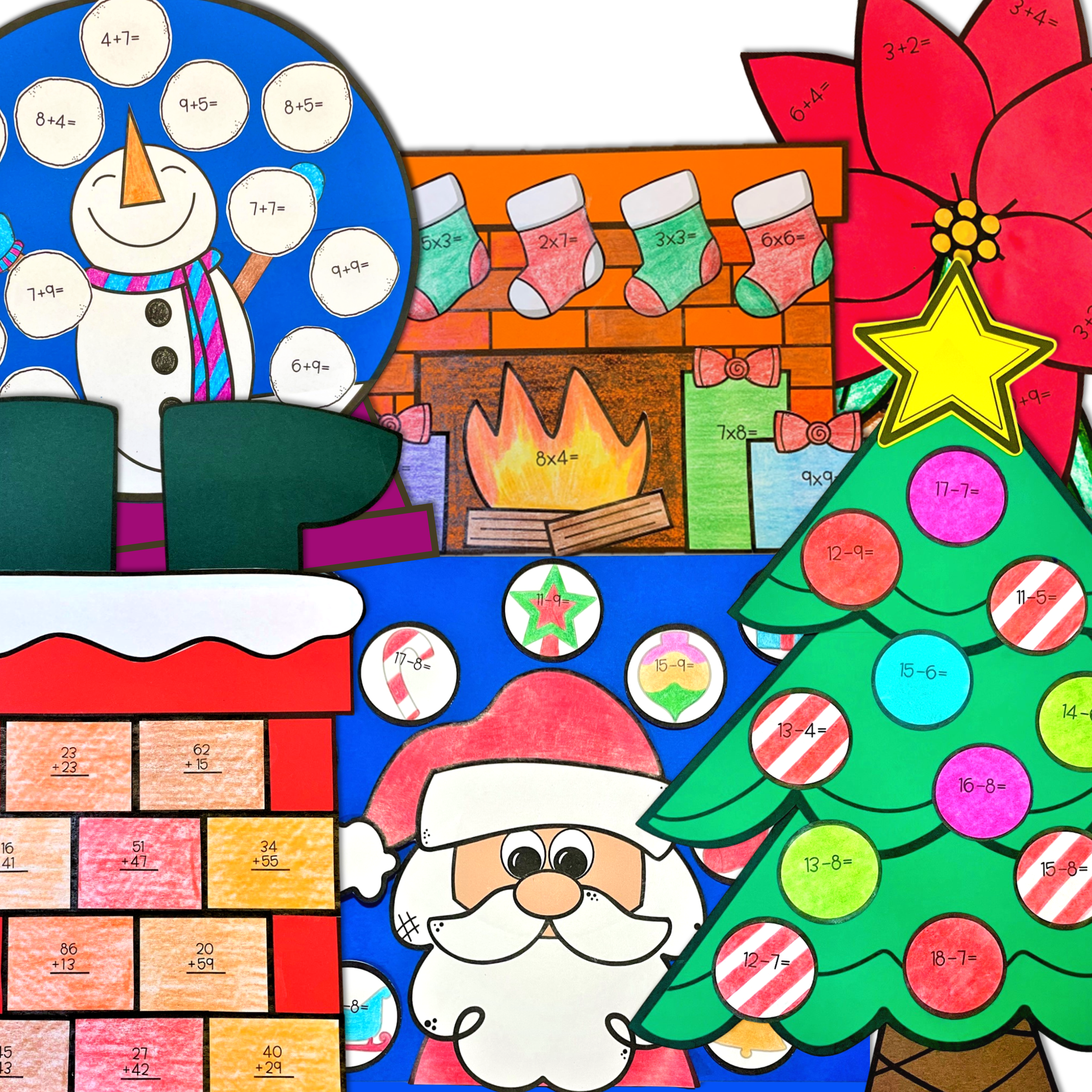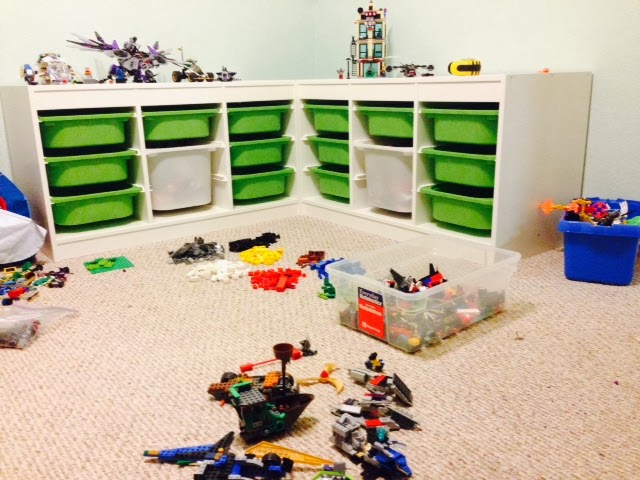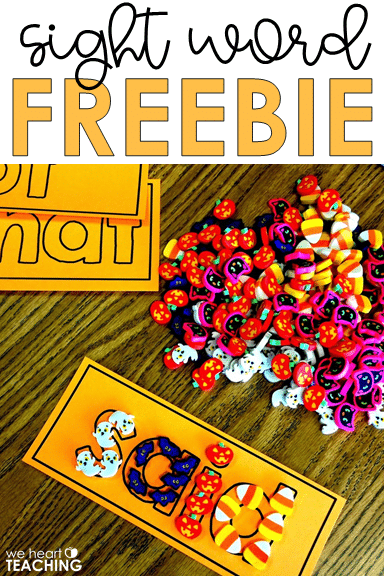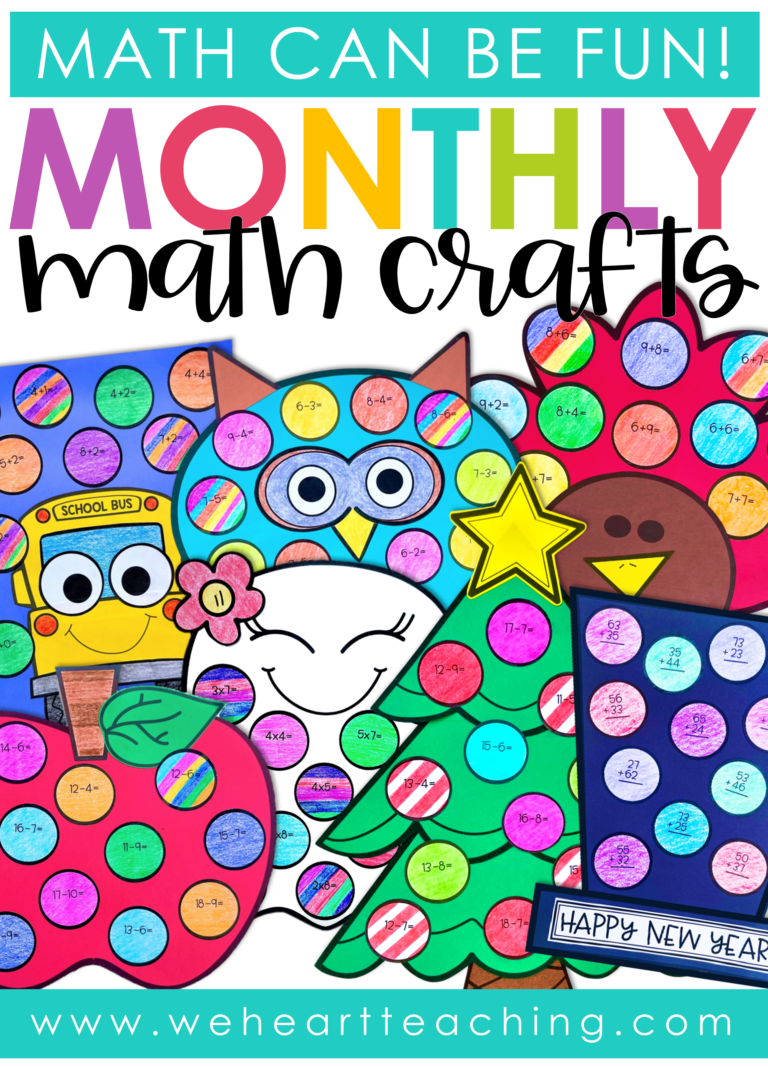ADDITION STRATEGIES THAT WORK
I’m going to be really honest here. When I first started teaching 12 years ago, I didn’t really know about addition and subtraction strategies. I was teaching 1st grade, and the curriculum we used taught the count up strategy, sums of 10, and doubles. We spent 1-2 days on each and then quickly moved on. At the time, I just assumed through practice they would start to memorize them. And yes, some kids do just start memorizing their math facts. But MOST kids… they need STRATEGIES that they can recall quickly to help them.
Since then, I’ve learned a lot, and now I spend a lot of time reviewing and practicing different addition and subtraction strategies. I always refer to our strategies as a toolbox. There are so many tools we can use. We just need to pick the tool that works the best for us.
When children begin adding numbers, it’s important that they have a solid grasp of place value and number patterns. Then, we can focus on adding numbers together. I’m going to share the addition strategies that I teach and the order that I typically teach them. I recently added an Addition Strategies unit to my store that includes everything you need to create a solid foundation for your students.
The Strategies
PLUS 0
The first strategy that you’ll want to teach is Plus 0. With these equations (and most of the strategies, really), we pull out manipulatives. You want them to really see what’s happening to the number. If you have 5 cubes, and you add 0, you still have 5 cubes! This is when I first tell my students about “brain breaks.” When you see a Plus 0 equation, you don’t have to pull out your fingers or even think about it. You know the bigger number is going to stay the same.
PLUS 1 & Count Up
Plus 1 is the first count up strategy. We look at manipulatives and number lines. You want students to be able to automatically know that 5+1 is 6 because 6 comes after 5. It’s just one more.
For the count up strategy, we really focus on our number lines. Show them how they start with the bigger number and then count on. Many 1st graders like to use their fingers which is a great early strategy. The problem is when adding 5+2, they often start my showing 5 fingers and then 2 more fingers and COUNTING THEM ALL! As you know, this is not necessary. Just start with 5 (because 5’s job is to be 5!) and then “count up” or “count on.” They can tap their head or bump their fists and say “5,” and then use their fingers to count up 2 more.
Partners of 10
Probably the most important strategy for students to learn is the Partners of 10 strategy. If students memorize their Partners of 10, they can apply those to so many other strategies including subtraction and on to multi-digit numbers. These should be reviewed ALL THE TIME. When you say 7, you want your students to know automatically that 3 is 7’s partner. That will later be applied to 30 and 70, 300 and 700, and so on. Post these on your wall and talk about them all the time.
Doubles
Doubles facts are also an early strategy to teach students. I like to link this to skip counting. All doubles facts equal an even count by 2. If doubles facts are memorized, these become “brain breaks” for students. They can also apply this to subtraction. If you know 9+9=18, when you see 18-9, you automatically connect that to addition and know the answer is 9.
Doubles +1
Once students have a solid grasp of doubles facts (meaning they have them memorized and know them automatically), they can apply this to Doubles +1 facts, sometimes referred to as Near Doubles. If you know 6+6=12, when you see 6+7, you know that the sum will be just one more. So, 6+7=13.
10 to Teen
10 to Teen is a strategy that students are really able to grasp quickly. Some people call this simply Plus 10 as it can be applied later to 2 digit numbers. In this case, I am focusing on fact fluency to 20, so this is a 10 to Teen strategy. When adding a one-digit number to 10, the tens place stays the same and only the ones place changes. (Ex: 10+7=17)This is a strategy that can be later applied to subtraction and the Magic 10 strategy.
Plus 9
Once students have a solid grasp on 10 to Teen, they can apply this knowledge to the Plus 9 strategy. If 10+7=17, then 9+7 would be one less so it equals 16.
Monkey in the Middle
This has to be my favorite strategy. Students (and teachers) are just blown away when they realize this strategy works! When adding 2 numbers with just one number between them (like 5 and 7), you find the “Monkey in the Middle.” The monkey in this case is 6. Double the monkey to find your sum. 6+6=12, so 5+7=12. Try some other equations: 3+5, 7+9, 6+8. Yep. It works.
Did you find this helpful? What strategies do you teach your 1st and 2nd graders? I would love to hear from you! If you’d like to grab some FREE addition strategy resources to get you started, click the image below and I will send them directly to you! If you would prefer to dive in and get started right awat, click HERE to check out my full addition and subtraction strategy units!
You Might Also Like:
Looking for Winter Math Crafts?
Want to learn about our Christmas and winter holiday math crafts? We’ve got you covered! From Santa and Mrs. Claus to reindeer and snowmen, check out our December Math Activities blog post for more info!
Hello, World!

